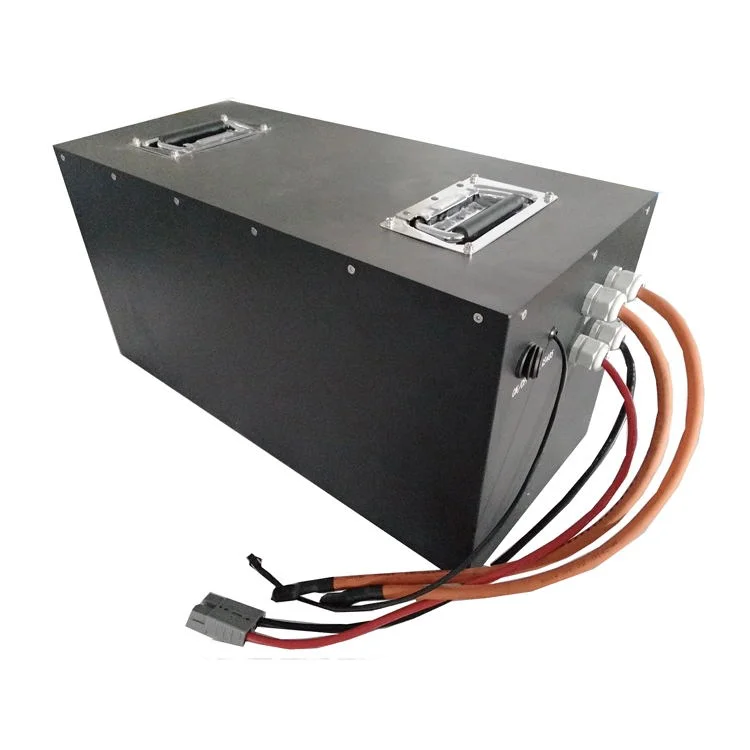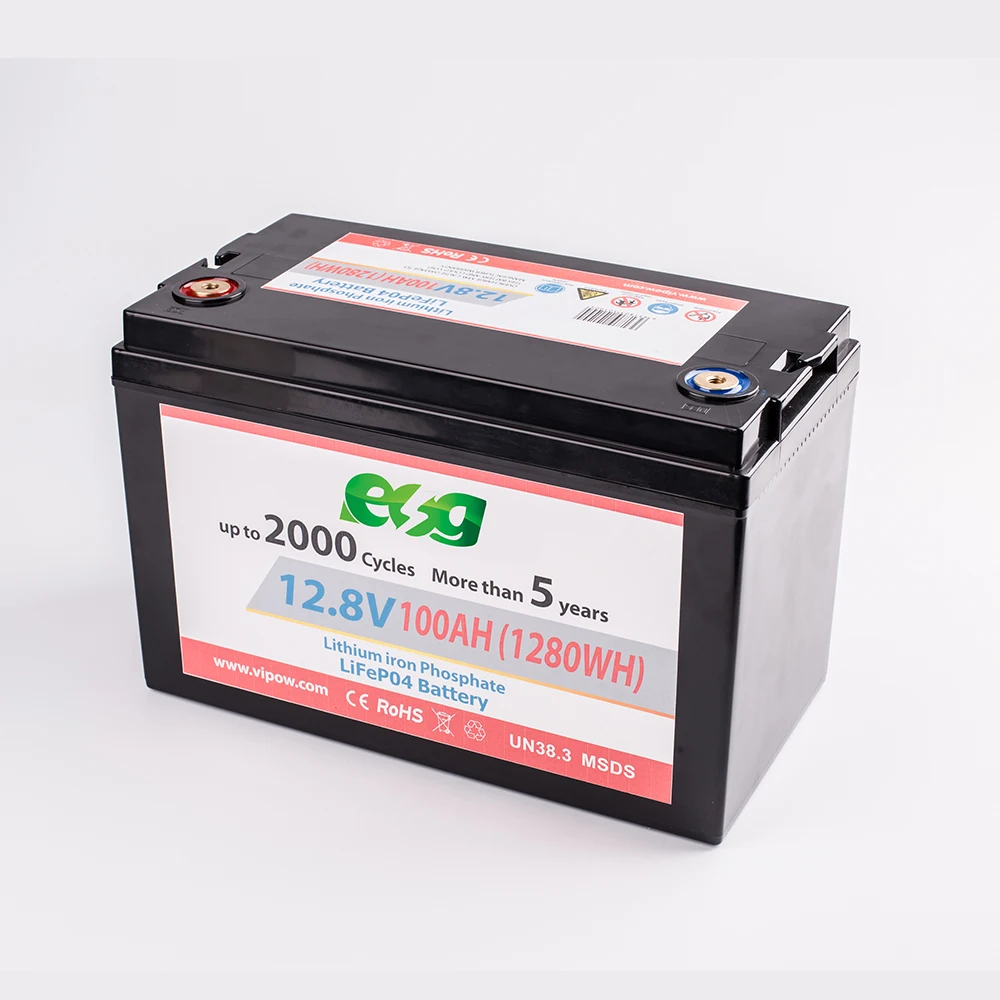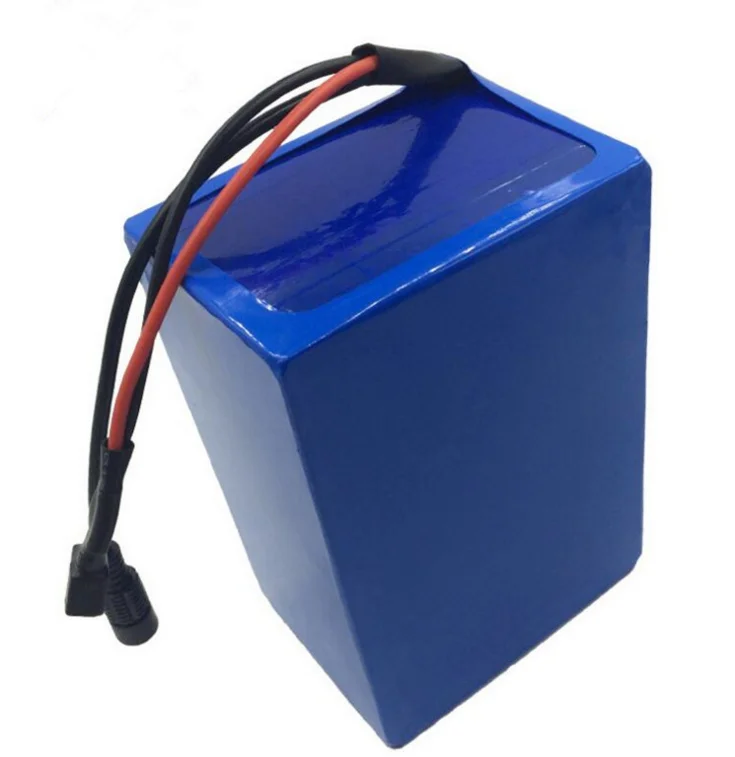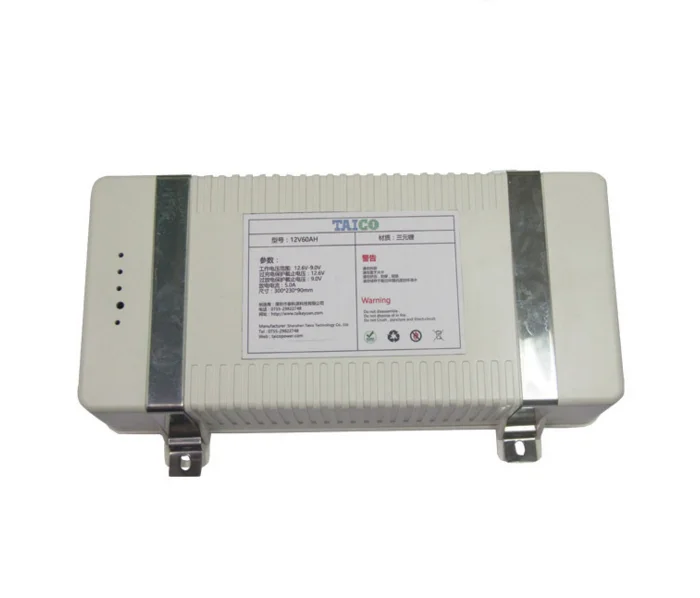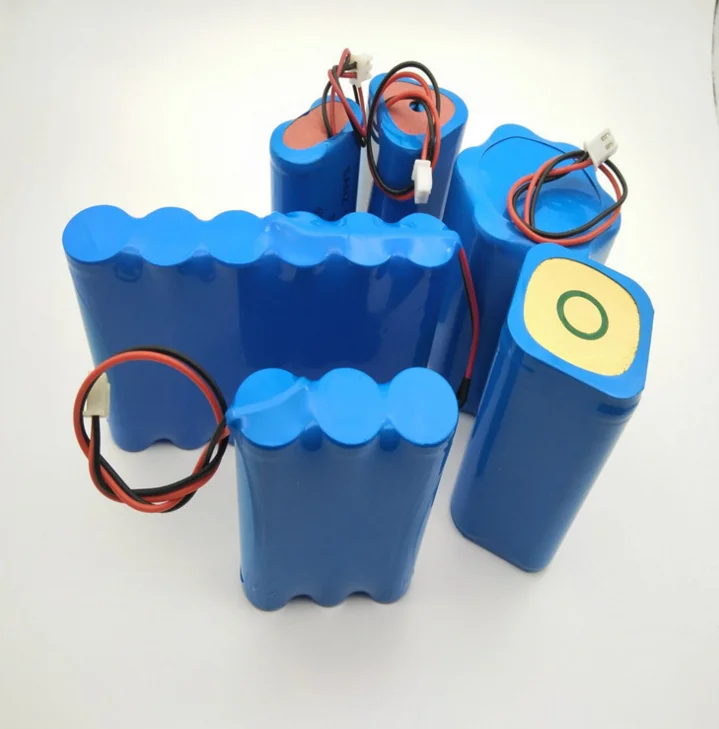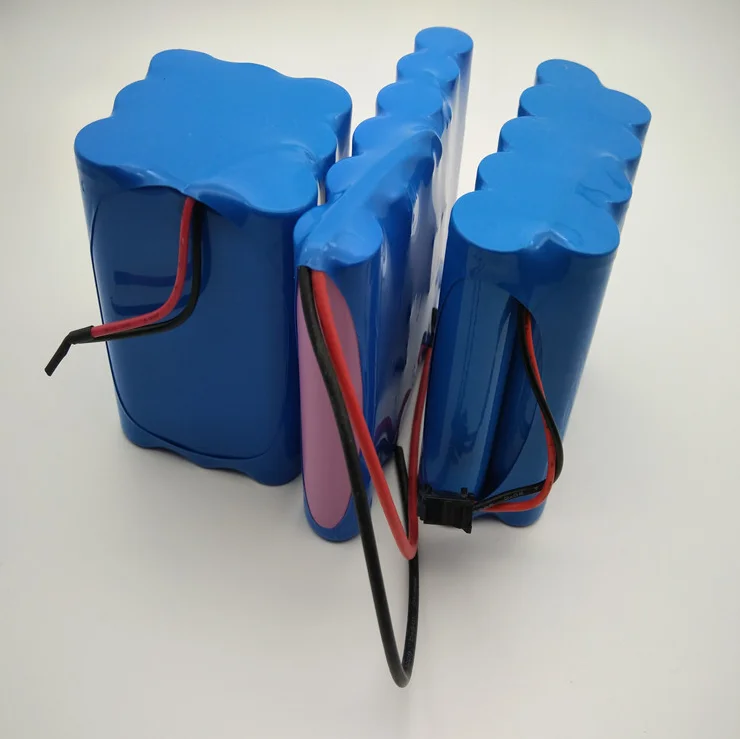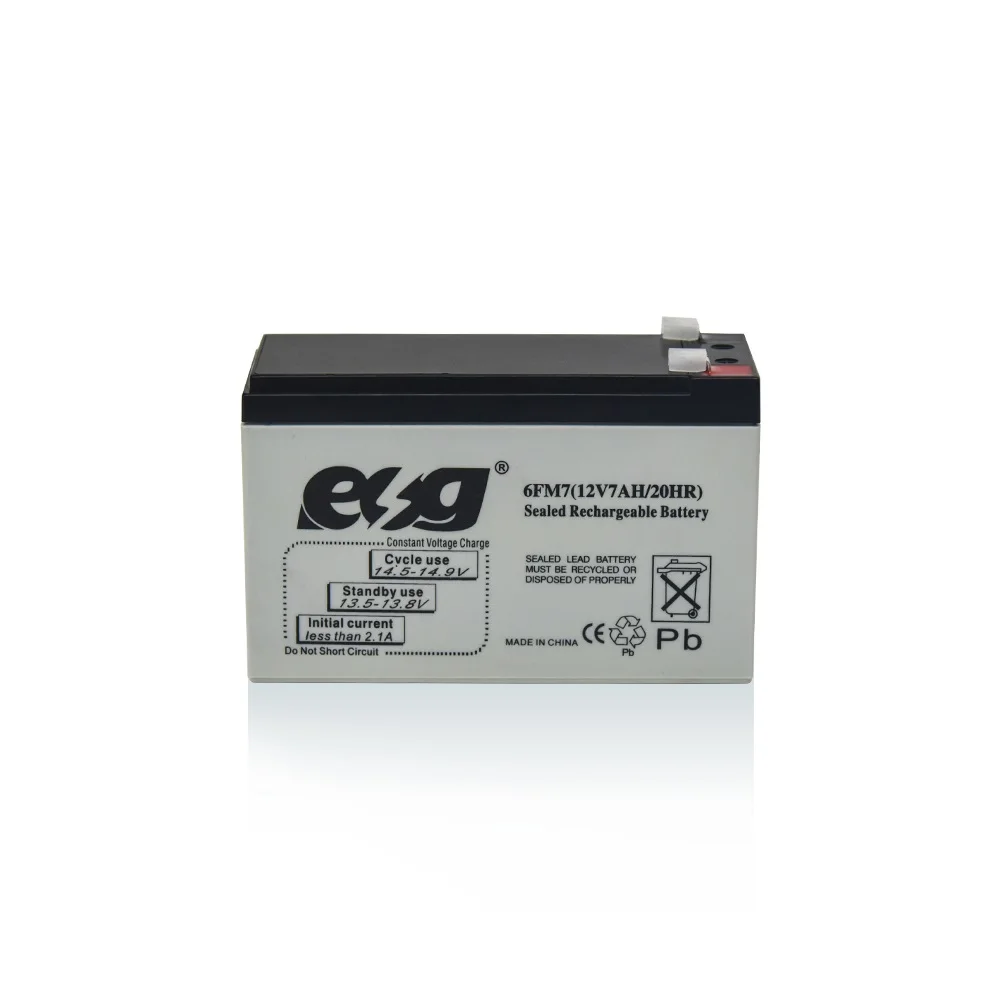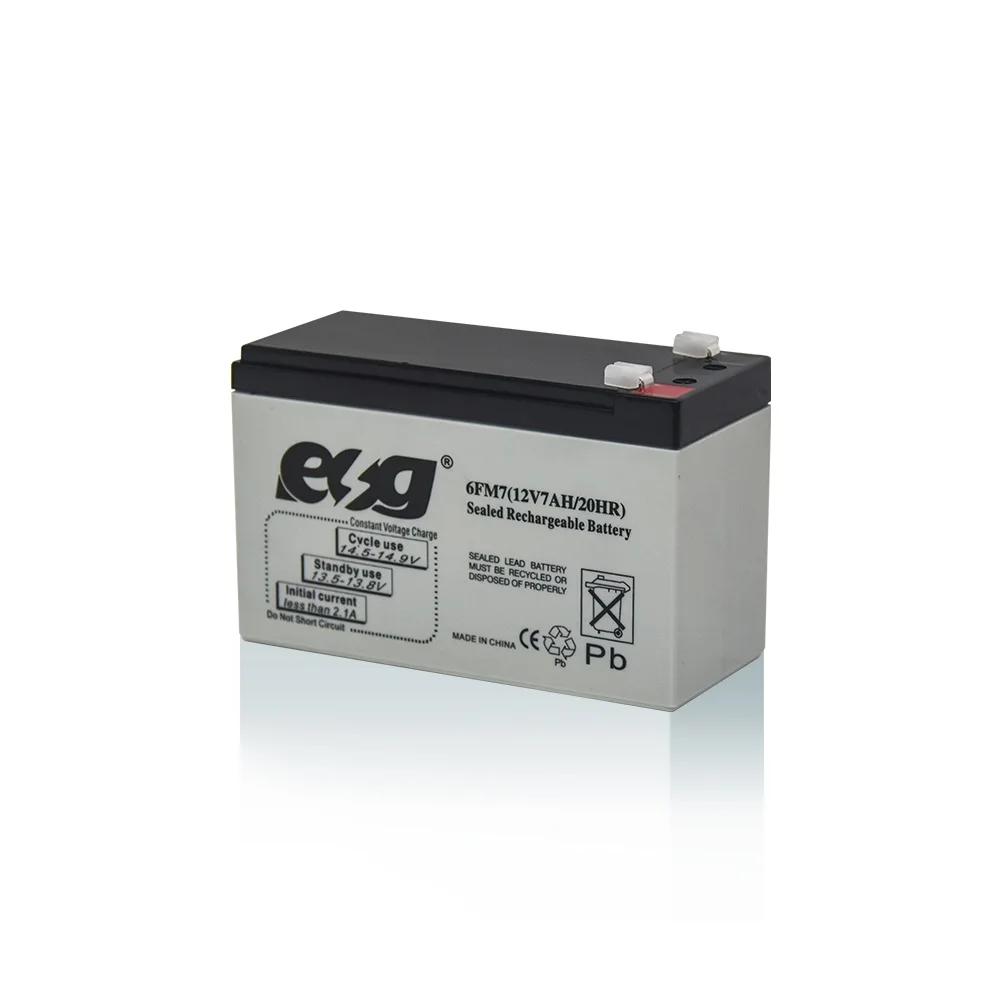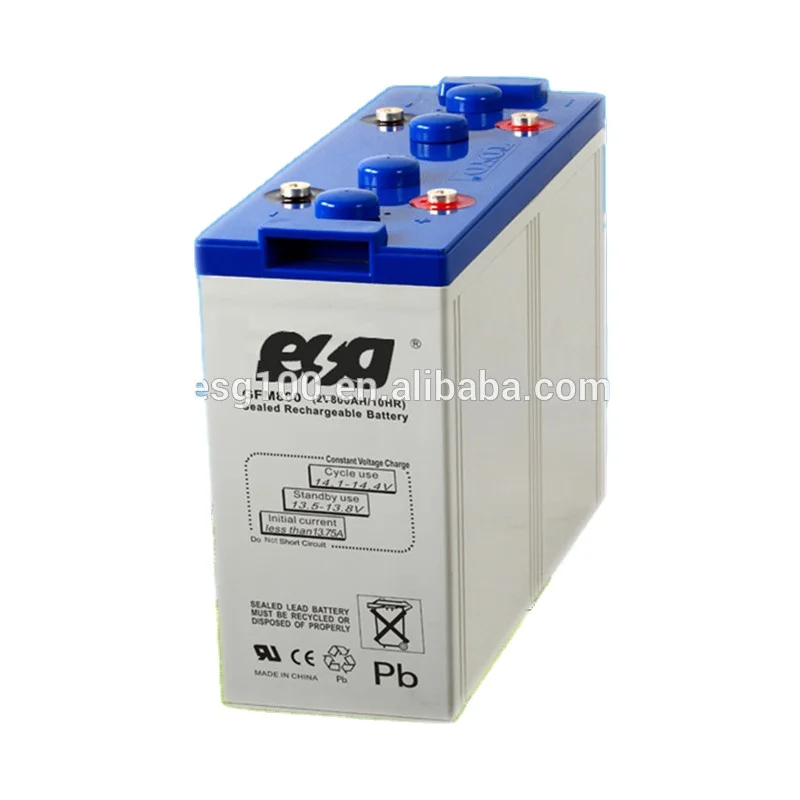Best TV Mounts & Carts for Your Home and Business Needs
Whether you're setting up a home theater, an office conference room, or a commercial display, choosing the right TV mounts & carts is crucial for functionality and aesthetics. This guide covers everything from types and features to buying tips and FAQs.
How to Find Reliable TV Mounts & Carts from China in 2025
China remains a leading manufacturer of high-quality TV mounts & carts. To ensure reliability, look for suppliers with certifications like ISO 9001 and BSCI. Platforms like Alibaba offer verified sellers with customer reviews. Always request samples to test durability and compatibility.
What Buyers Should Know Before Buying TV Mounts & Carts from China
Before purchasing, consider weight capacity, VESA compatibility, and material quality. Opt for suppliers offering warranties and after-sales support. Shipping costs and lead times are also critical factors—consolidate orders to save on logistics.
Types of TV Mounts & Carts
Fixed Mounts: Ideal for permanent installations, offering a sleek, low-profile look.
Tilting Mounts: Allow slight angle adjustments to reduce glare.
Full-Motion Mounts: Provide 360-degree rotation for flexible viewing.
Mobile Carts: Perfect for shared spaces like classrooms or hospitals.
Functions and Features of TV Mounts & Carts
Modern TV mounts & carts come with cable management systems, tool-free installation, and reinforced steel frames. Some carts include locking wheels and adjustable heights for added convenience.
Scenarios of TV Mounts & Carts
Home Use: Fixed or tilting mounts for living rooms.
Offices: Full-motion mounts for conference rooms.
Retail: Mobile carts for dynamic product displays.
How to Choose TV Mounts & Carts
Match the mount to your TV's size and weight. Check VESA patterns for compatibility. For carts, prioritize stability and mobility features like lockable wheels.
TV Mounts & Carts Q & A
Q: What’s the maximum weight for most TV mounts?
A: Standard mounts support 50-100 lbs, but heavy-duty models handle up to 200 lbs.
Q: Are Chinese TV mounts compatible with U.S. TVs?
A: Yes, most adhere to global VESA standards.
Q: Can I install a TV mount myself?
A: Yes, if you follow the manual and use proper tools.
Q: How do I clean a TV cart?
A: Use a damp cloth and mild detergent; avoid abrasive cleaners.
Q: What’s the lead time for orders from China?
A: Typically 15-30 days, depending on customization and shipping.


